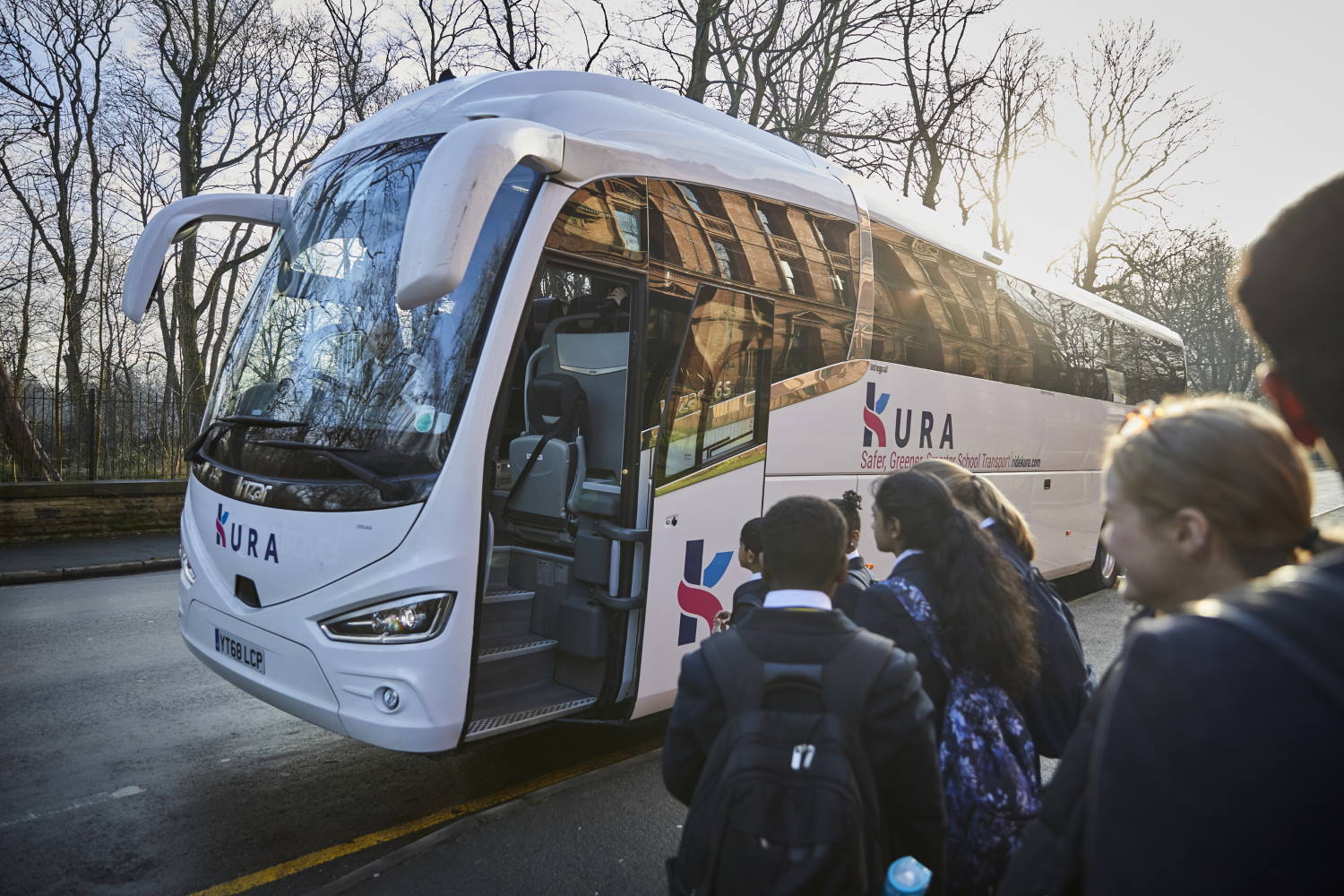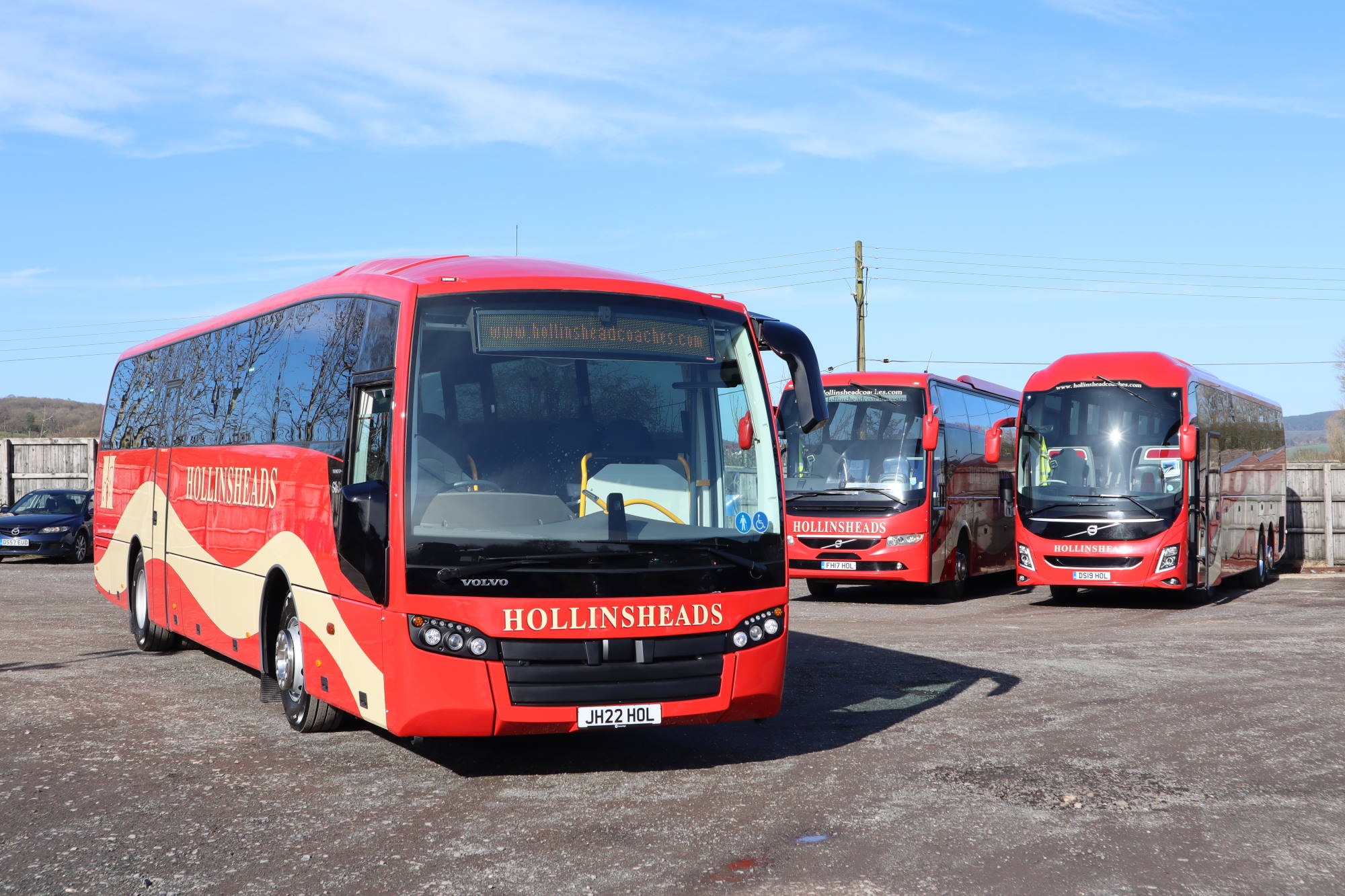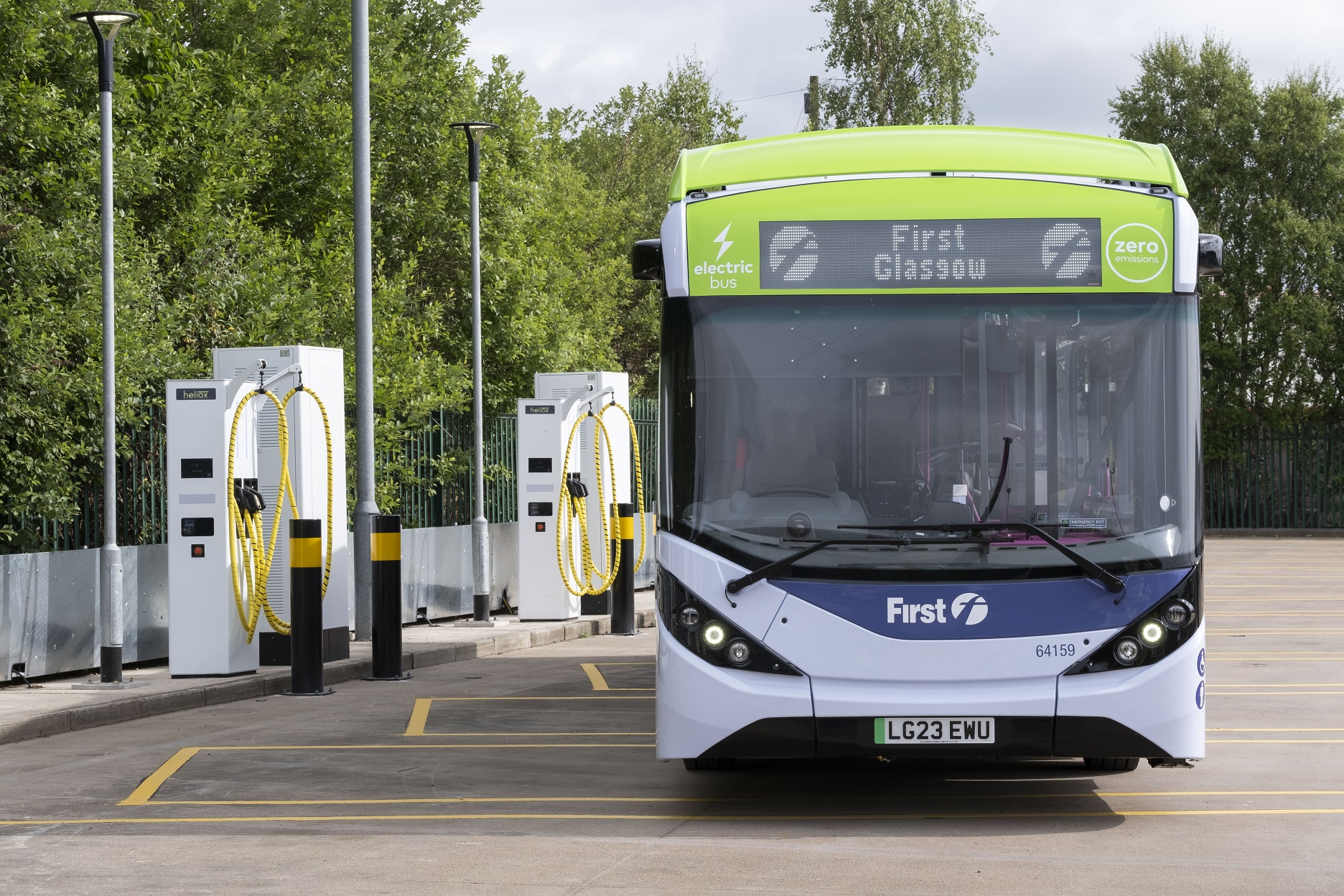Scotland has targeted a 20% reduction in car use by 2030 – while England will leave change to market dynamics. Which approach is right?
In 2020 the Scottish Government set out a commitment to reduce car kilometres travelled in the country by 20%, citing it as essential in the fight against climate change. In January this year Transport Scotland and the Convention of Scottish Local Authorities published the consultation on the route map to achieving that target. It focuses on encouraging local travel, switching to public or alternative transport, and combining journeys.
Conversely, one minister recently announced that England will not set a national target of car reduction, leaving that and congestion to market dynamics. Could that approach work?
 Infrastructure being wasted?
Infrastructure being wasted?
Some are plain in their disagreement with England’s lack of action on a targeted car reduction, citing congested and polluted city centres even when local authorities have taken action to design services to reduce congestion at peak times. Philip Hitchen, Managing Director of Belle Vue Manchester, says there should be a focus from government both on targeting a reduction in congestion and maximising existing transport infrastructure. In particular, he highlights Transport for Greater Manchester’s (TfGM’s) designated school bus services, and the strain that traffic places upon roads not designed to withstand modern congestion levels.
“We feel positive that car journeys can be reduced, but not necessarily that people can be trusted to make the switch to public transport,” says Phil. “People sit in their comfort zones and need encouragement to get out of them, particularly where reducing car journeys is concerned. There could be a great focus on this and also in the areas of car sharing and cycle-to-work schemes.
“TfGM designed the Yellow School Bus Scheme in 2003 to reduce parents’ cars on the roads and it is a scheme that worked.
“Today we have a fleet of 50 school buses taking kids to school in Manchester, Stockport, Tameside and Cheshire. It does not mean to say that the English government could not still have a focus on reducing car journeys though. We are a school bus operator. The bigger bus companies have a great transport infrastructure and service schedule that needs pushing and a government car journey reduction scheme would assist.”
Phil believes any best practice from Scotland could also be shared with the English Government. “It remains to be seen whether the schemes are successful, but it’s a start,” he says. “Progress can be monitored and adjusted as things go along until successful completion. The greater successes will be city centre-based rather than in rural areas, and in our opinion this is where the focus should be.”
And Phil warns of what the consequences may be if there is no target on congestion in his area, particularly as population increases. Educating people on the effects of increased congestion, from pollution to a city’s overall carbon footprint, could be effective: “We all have to take responsibility for our own actions. I used to attend the Etihad Stadium in a car. There is total congestion getting to football grounds and city centres. These days, I take a bus or train and a tram. It’s economical, efficient, relaxed, and leaves me to focus on business or social activities. You don’t realise the benefits until you experience them. People need educating, and a scheme to reduce car journeys is vital in England if we are to support a reduction in car congestion and emission control zones.”
 Local ownership counts?
Local ownership counts?
Not all operators, however, believe a national target of car reduction is the optimal approach.
Phil Southall, Managing Director of Go-Ahead Group subsidiaries Oxford Bus Company and sister companies Thames Travel and Carousel Buses, believes a national target would remove “local ownership” over car reduction – but he counters this by suggesting national government has a role in setting the right behaviours.
“For example, future funding of major projects depends on the scheme being able to contribute towards cutting car kilometres and asking local authorities to put their targets in their local transport plan,” he explains. “Oxfordshire is aiming to remove one in four car trips by 2030, and one in three by 2040. This actually exceeds the Scottish target, and I wouldn’t want local authorities to fall short of what they felt was achievable locally because of a national target being lower.”
Phil highlights the four areas of focus described in the Scottish route map document and how this could inform any similar guidance in England: “I think there is great merit in breaking it down like this. Again, national government could issue guidance that, in order for future schemes to be funded, they must show how they are addressing some or all of these four areas and how much progress will be made against a Local Transport Plan target, otherwise they don’t get the funding.
“I think another interesting area of the Scottish proposal is that it is to commission research into demand management with a new framework put in place by 2025. I do think this is something that should be done across the UK (due to the eventual circa £35bn hole in finances) to give a strong message out that government is serious about supporting modal shift at the highest level, while leaving specific targets to be set locally.”
 Investment means incentive
Investment means incentive
Godfrey Ryan, CEO of school and corporate transport specialist Kura, highlights the government target to cut emissions by 2035 as reason for his disappointment in England’s lack of a national target on car reduction. “Road transport accounts for 11.9% of all global greenhouse emissions,” he says. “60% of these come from passenger travel, so every organisation and individual needs to adjust travel behaviour to support delivery of this target.”
Godfrey argues that organisations will have less incentive to reduce emissions without a national target on car reduction. “All transport markets need a certain level of regulation, from bus and rail to airlines, to ensure that the service is accessible and affordable to all, not just the most mobile and wealthy,” he adds.
In a parallel with the Scottish route map, he believes car users must be given a “carrot and stick” approach to change behaviour and switch to sustainable modes such as cycling, public or shared transport. But government has a role in making that happen: “Without government support these alternatives will not become attractive enough in terms of availability, cost and customer experience.
“Therefore I think there needs to be a target, there needs to be investment by the government to ensure that target is met, and those investments need to not just point towards electric vehicles as the sticking plaster but to a number of sustainable transport options that the public need to have on offer to them.”
Kura’s research recently found that, with the cost of living and commuting continuing to rise, 78% of drivers have expressed a willingness to switch from cars to an alternative mode of transport if the current commute becomes too expensive. “This is particularly young people who are saying this,” adds Godfrey. “Those aged 18-24 are most likely to do this. So I think in the future people will be looking to cheaper, greener alternatives to driving to work so there is an onus on governments, nationally and on a local level, to provide an alternative to an expensive car to get them to work.”
Another crucial area is the school transport sector, where research has shown one in four vehicles in rush hour traffic is a car going to a school. “We had discussions with the Department for Education during the pandemic and learned there is no central measurement or control of school transport,” Godfrey says. “So this crucial area has been left to local authority bodies or individual schools to take ownership – this puts a limit on what can be done at that level. This is another area where governments should look at providing means of getting people to school without a car.”
On a positive note, Kura reveals it has seen a groundswell of desire from schools and businesses to do the right thing regardless of being “commanded” by government to act in a certain way. “There is a kind of willingness among people to start making a change,” Godfrey explains. “We’re led by our customers coming to us saying sustainability is getting much higher on the agenda, and the tipping point was COP26.
“We’re starting to see more and more now in tenders and in requests for work that sustainability is part and parcel, not an option. We have decided without any mandate from government to measure our carbon emissions across our three scopes and have taken it upon ourselves to reduce our carbon footprint by 2030. The government may not be telling me as a business owner to do it, nor my customers – but in general it is starting, and it feels good to be doing things on a voluntary basis.”













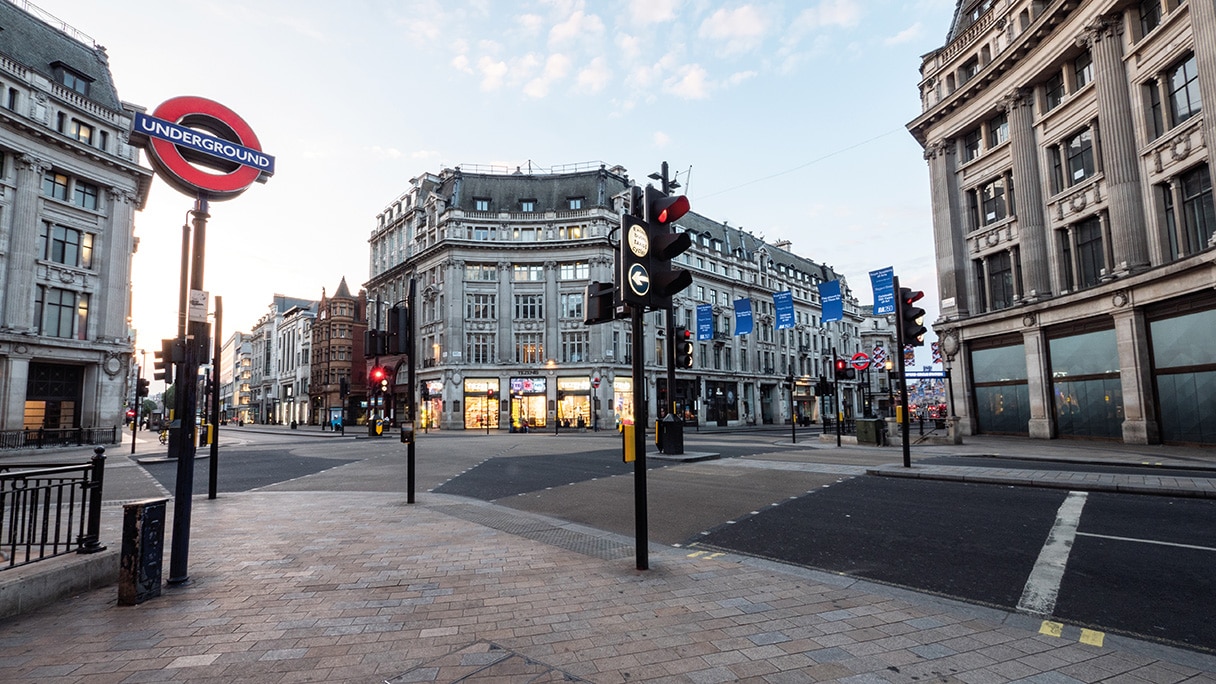
 Infrastructure being wasted?
Infrastructure being wasted?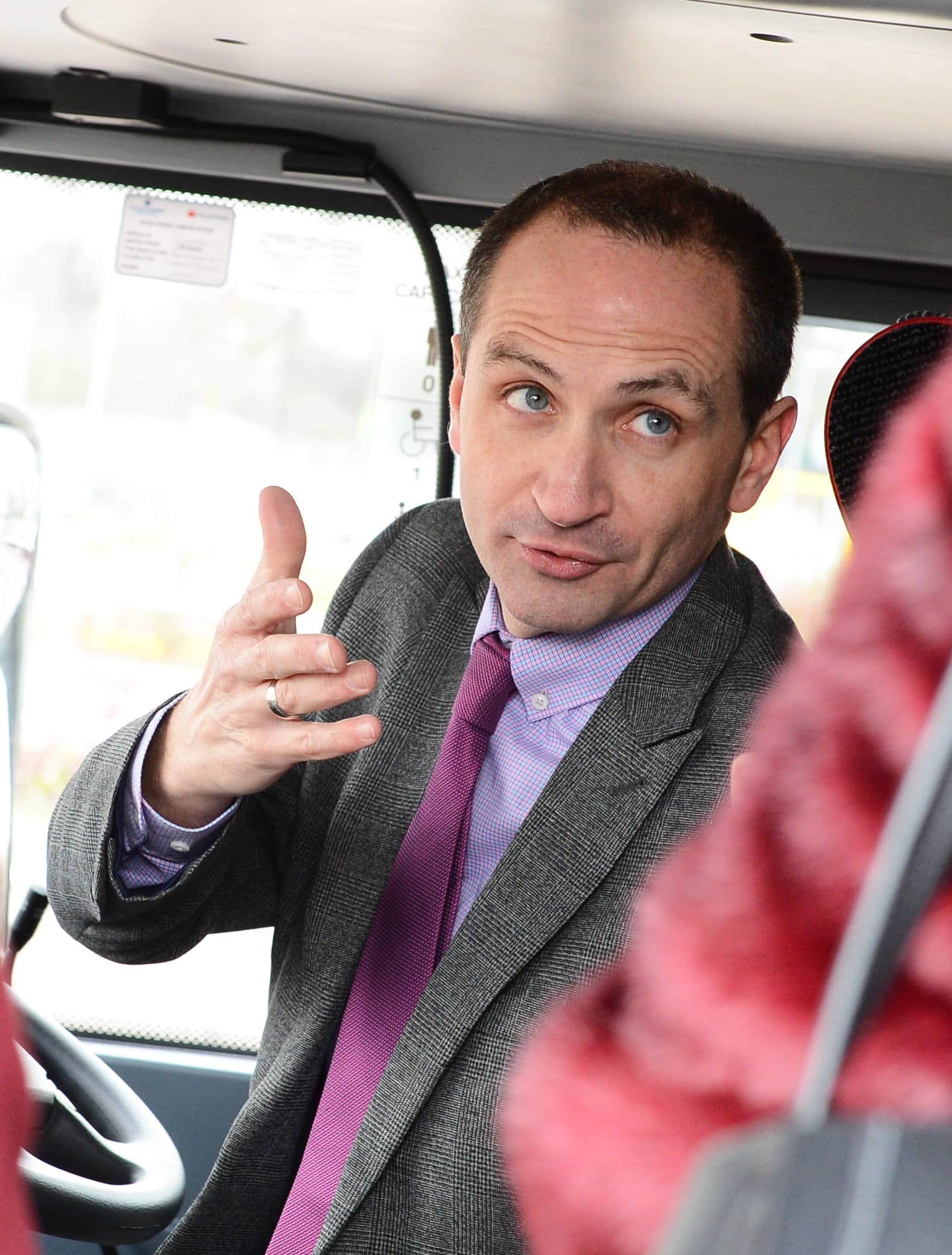 Local ownership counts?
Local ownership counts? Investment means incentive
Investment means incentive